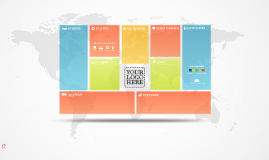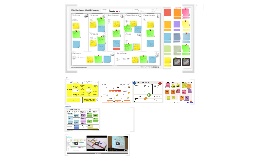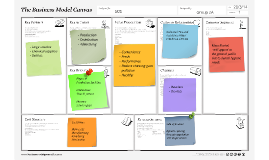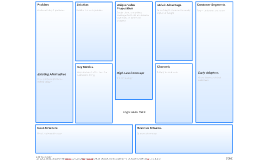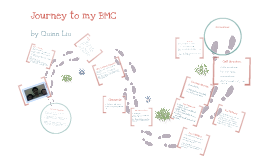Business Model Canvas - Prezi Template
Transcript: CUSTOMER SEGMENTS CUSTOMER RELATIONSHIPS //how you interact //how you help others //what you do //what do you have //how they know you and how you deliver it? CUSTOMIZE THE SIZE, LAYOUT AND COLORS ZOOM ANYWHERE AND INSERT YOUR CONTENT ALL SEPARATED DESIGN ELEMENTS: REVENUE STREAMS //who you help KEY RESOURCES CHANNELS Don't forget to zoom in and impress your audience with the details COST STRUCTURE VALUE PROPOSITIONS KEY PARTNERS KEY ACTIVITIES https://prezibase.com //what you get? canvas,business plan,business model canvas,marketing plan,business plan sample,business strategy,sample business plan,business plan format,business canvas,business plan example,canvas business model,business planning,canvas model,business models,business model canvas template,business canvas model,business plan software,canvas online,bussiness plan,business model canvas pdf,business concept,canavas,business model innovation,business model template,business model example,business plan model,business modelling,business modeling,osterwalder business model canvas,business model canvas online,business model generation canvas,new business models,model business plan,canvas wikipedia,business strategy model,business model design,innovative business models,business model canvas book,business model canvas wiki,startup canvas,business model canvas generator,business model canvas tool,startup business model,business plan models,internet business model,canvas tool,canvas startup,business model canvas video,software business models,make canvas,strategyzer business model canvas,editable business model canvas,le business model,business modelling tools, business canvas prezi, prezi business model canvas, canvas model for prezi, prezi business model, business model canvas prezi free, free business canvas, prezi //who helps you //what you give? Get this Prezi Template from: text images videos symbols






